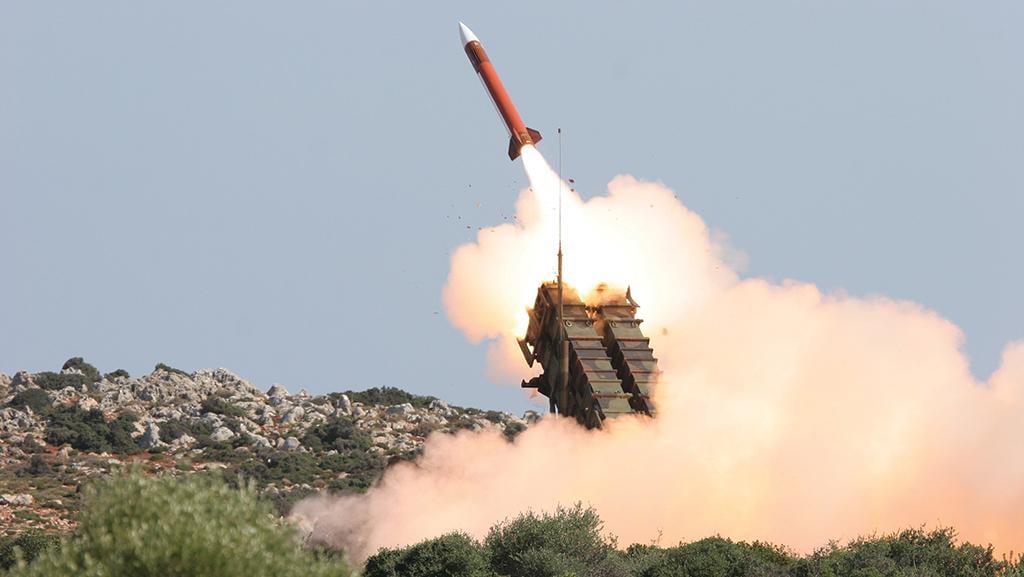
RTX’s Patriot system, including the PAC-2 missile pictured, is part of the backbone of Europe’s ground-based air defenses.
Credit: Peter Muller/German Ministry of Defense
Russia’s regular poundings of Ukraine with ballistic and cruise missiles and one-way attack drones have spurred Europe’s greatest investment in ground-based air defenses since the Cold War. In just over two years, more than a dozen European countries—with others to follow—have purchased or pledged...
War In Ukraine Drives European Ground-Based Air Defense Renaissance is part of our Aviation Week & Space Technology - Inside MRO and AWIN subscriptions.
Subscribe now to read this content, plus receive full coverage of what's next in technology from the experts trusted by the commercial aircraft MRO community.
Already a subscriber to AWST or an AWIN customer? Log in with your existing email and password.





